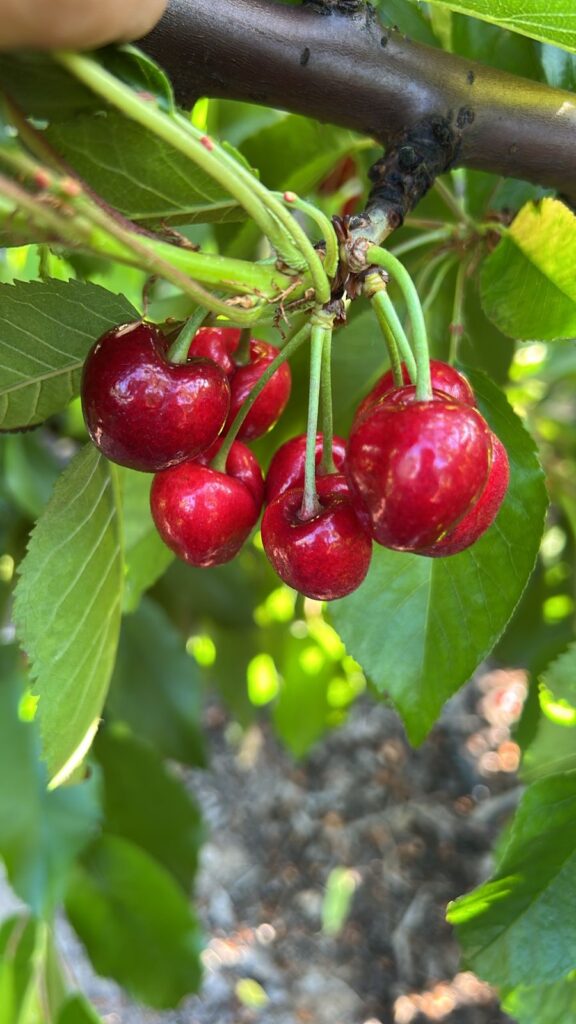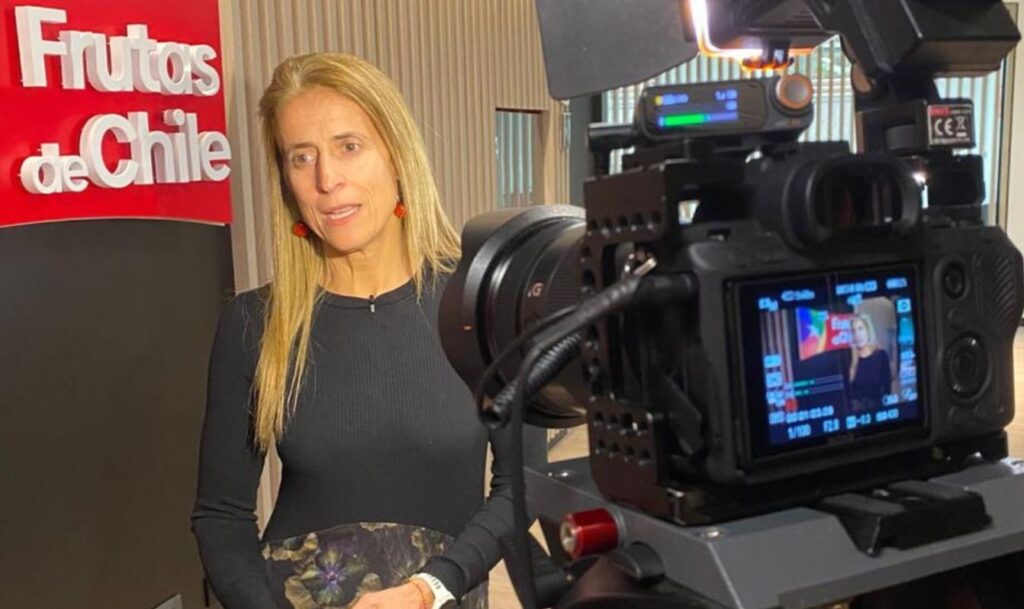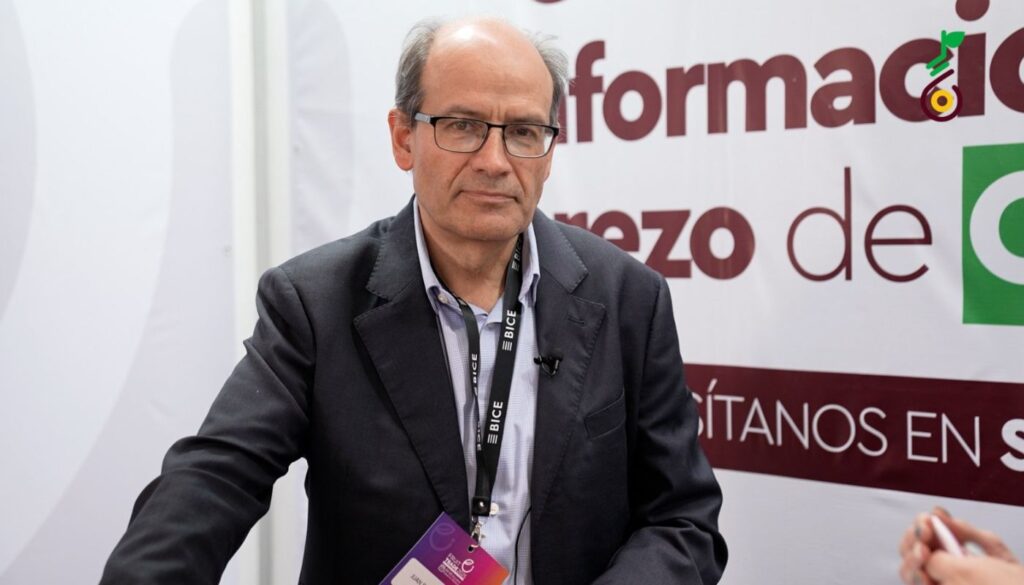The northern part of our country, specifically in the Ovalle area, is responsible for kicking off the cherry season with the first harvest, which normally coincides with mid-October. During the last harvest they started a week late, compared to the 2021-22 season, and for this year they hope, if all goes well, to begin harvesting the fruit in week 43.
To learn more about what is happening in the cherry orchards of Ovalle and what they expect the 2023-24 season to be like, we spoke with Jorge Astudillo, production manager of Agroindustrial Valle Arriba.
What is happening today in the cherry orchards in Ovalle in terms of agronomic management?
«We know that we are about to end the cold accumulation season, which is the biggest challenge for the early part of our country. We have already started the breaking stage of the different varieties and at different dates they have already started applying cyanamide. The Brooks varieties have started, which have less requirements, as well as Lapins and Santina, which are the ones we have with the largest surface area in the area. It has been a difficult season in terms of cold accumulation and portions as well. Although there were areas where the accumulation of cold hours was significant, reaching almost 400 cold hours by July 15, there were sectors in which high temperatures were discounting the sum of portions, therefore, the sum was quite low, reaching less than 20 portions. So it is going to be a season that is going to be different, that is going to give us answers and situations that we are going to face for the first time.. So in this way, we are forced to generate strategies around this breakthrough supported by these homogenizers or complements to cyanamide, which are present in the market today.«.
It is always said that cold accumulation is super important, but so is the
degree days in spring. What is the forecast for the area, which is also super unstable?
«Today, there may be a spring with lower temperatures than usual, but that is not a given. With climate change, the issue of temperature and forecasts is very changeable. In fact, at the end of June, in most of the orchards we had to irrigate to simulate a rain between thirty and 40 millimeters in order to apply cyanamide with wet soil, since it was not raining. Until the first rain that occurred last week, we had zero millimeters fallen and this rain fell just before the application of cyanamide and in more coastal areas more than 50 millimeters were recorded and further inland it was 30 millimeters, that was the range we had in the cherry area in Ovalle. From then on, we had a break in the accumulation of cold, some decided to apply cyanamide a little later, for example I moved a week from the stipulated date. But we have to face that climatic instability that you speak of from now on. We know that every year springs continue to be very unstable. Now, we are talking about spring and we are still in the middle of winter and all our phenological processes occur in winter, considering that spring starts in September, when we are about to have the reception of stone fruits. Our winter should be somewhat normal, considering this previous normality of three or four years ago, now we know that we can face this issue of the accumulation of 10 degrees, but everything points to the El Niño phenomenon.
that we will have slightly higher temperatures«.
Last year the early zone was delayed a couple of days compared to the 2022 season, how
Do you expect it to be this year? Do you have any planned date when you could be there?
same date as last season or the one before that?
«After being at Cherry Tech, I took the opportunity to talk to colleagues from the south and find out what their breakout strategies are for this season. Many were not even going to apply cyanamide, given that the Chinese New Year is going to be later, so what we propose here in the north is to mark week 43 as the start, but no longer with the pressure of having varieties like Santina or others that are from climatic niches that allow earlier fruit, but we no longer have that pressure like last year. If cyanamide is applied a week later, we should go out on the same date as last year, which was a week later compared to the 2022 season. Then we should be in similar conditions.", concluded Jorge Astudillo.










